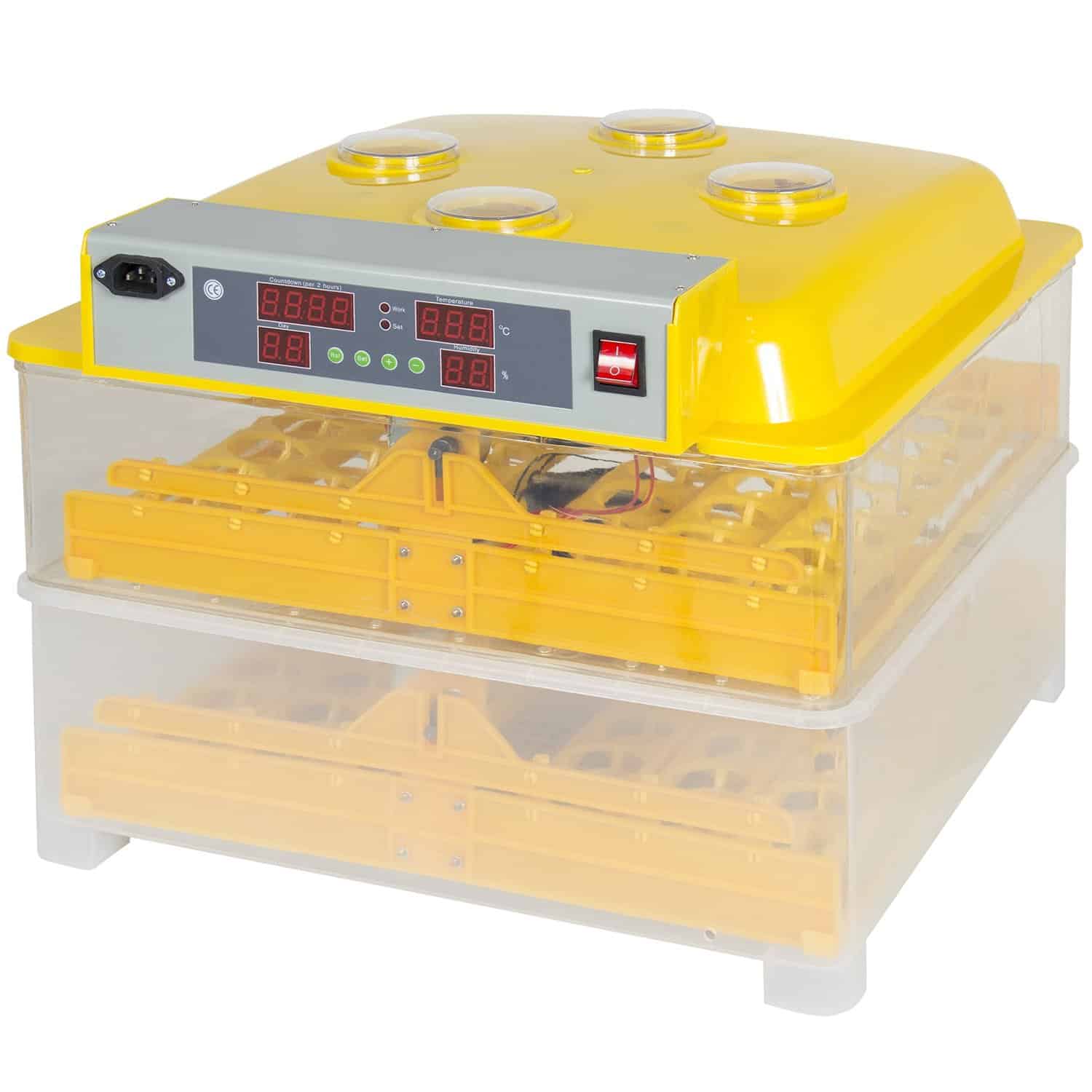


It should go without saying that the production of healthy, viable baby birds requires a healthy flock. Optimum temperatures that simulate those of the natural parents will produce the healthiest chicks. By pulling eggs for artificial incubation, many birds can be induced to lay more eggs than would normally occur, this increasing productivity. The developing embryo is subject to damage by chilling or jarring (addling.) For best hatchability, it is best to leave eggs under the hen for at least 14 days, to ensure the health of the developing chick, but this is not always possible or economically advisable. Fertility is ascertained by the development of blood vessels within the egg. The egg may be candled to assess fertility after is it laid, and in some cases, it may show development within a few days of being laid. The embryo actually begins to develop before oviposition. The parts of the oviduct include the infundibulum, magnum, isthmus, uterus and vagina. In most psittacines, the reproductive tract of the hen includes only the left ovary and left oviduct. If the egg is fertile, it is the blastoderm, and if infertile, the blastodisc. The germinal disc is the nucleus of the female egg. At hatch, the twitching of the muscles of the embryo help pull the remaining yolk into the coelom, where it is utilized during the first few days of life. The yolk has four membranes and blood vessels develop around the membranes to carry nutrients to the embryo. The yolk provides the main source of nutrition for the growing embryo. These act to keep the yolk in the center of the egg. Thick and thin albumen and the chalazae, which are two strands of thick albumen, connect to the shell membranes. The egg white, albumen, consists of three proteins. If the egg is opened during an assisted hatch over the air cell, the inner shell membrane will be visible covering the chick. At the area of the air cell, these two membranes are separated. Eggs have two shell membranes, the inner and outer shell membranes.

The shell contains three layers: the cuticle, the testa and the mammillary layer. These pores can also allow bacteria and other pathogens into the egg under certain conditions. The shell contains pores that allow respiration of moisture and gasses through the egg. The egg must contain all of the nutrients necessary to sustain a growing embryo until hatching. It is important to have a basic understanding of the egg to successfully artificially incubate eggs. There are many different types of incubators, but the success of artificial incubation depends more on the knowledge and skills of the person using the equipment than of the sophistication of the incubation equipment. However, for many reasons, aviculturists may choose to artificially incubate eggs. The process of incubation is a wondrous process, and nature has provided the perfect incubator, the bird. You will learn more by hatching some birds yourself than from sitting in ten lectures on the subject! Do not attempt this with quaker parakeets, as incubator hatching them is quite difficult. Cockatiels are a good bird to begin with. If you are serious about becoming a good avian veterinarian, however, please consider purchasing an inexpensive incubator (or borrow one from a client or friend) and try to incubator-hatch a few eggs yourself. Once you learn the principles of artificial incubation and hatching, you should be able to offer competent assistance. Many avian veterinarians quake at the thought of advising or helping an aviculturist with issues related to incubation and hatching. Avian Incubation and Hatching for the Practitioner Avian Incubation and Hatching for the Practitioner


 0 kommentar(er)
0 kommentar(er)
